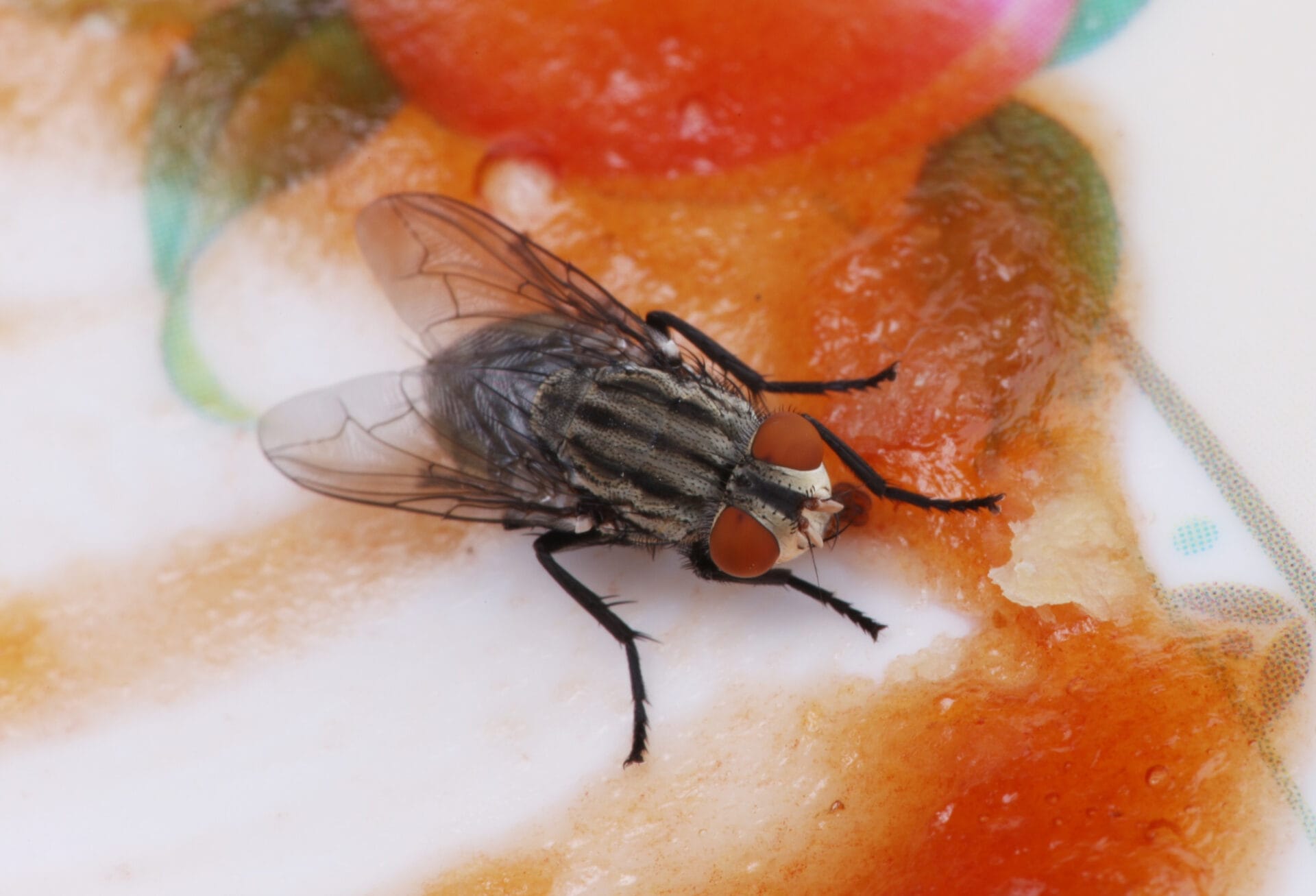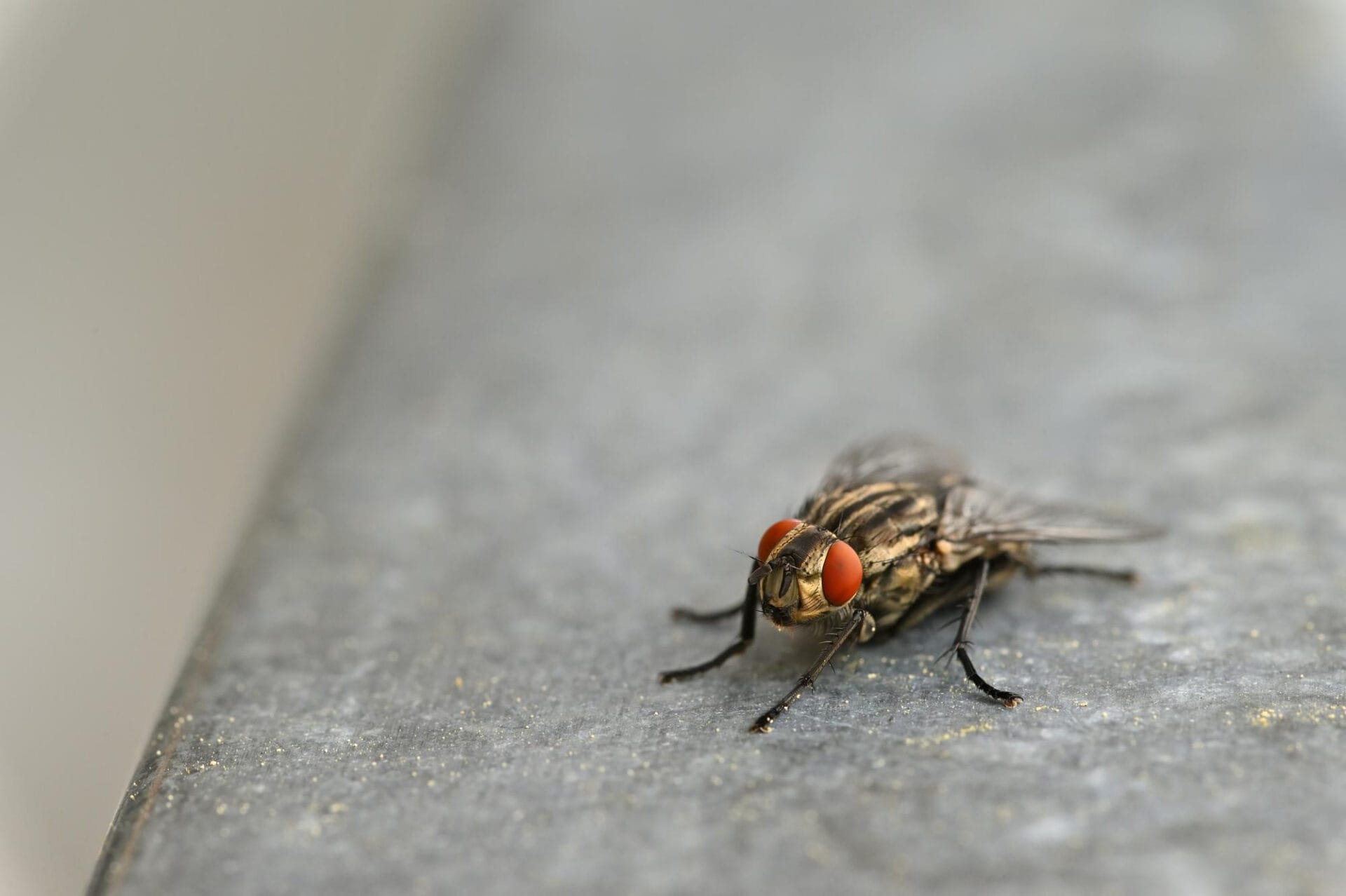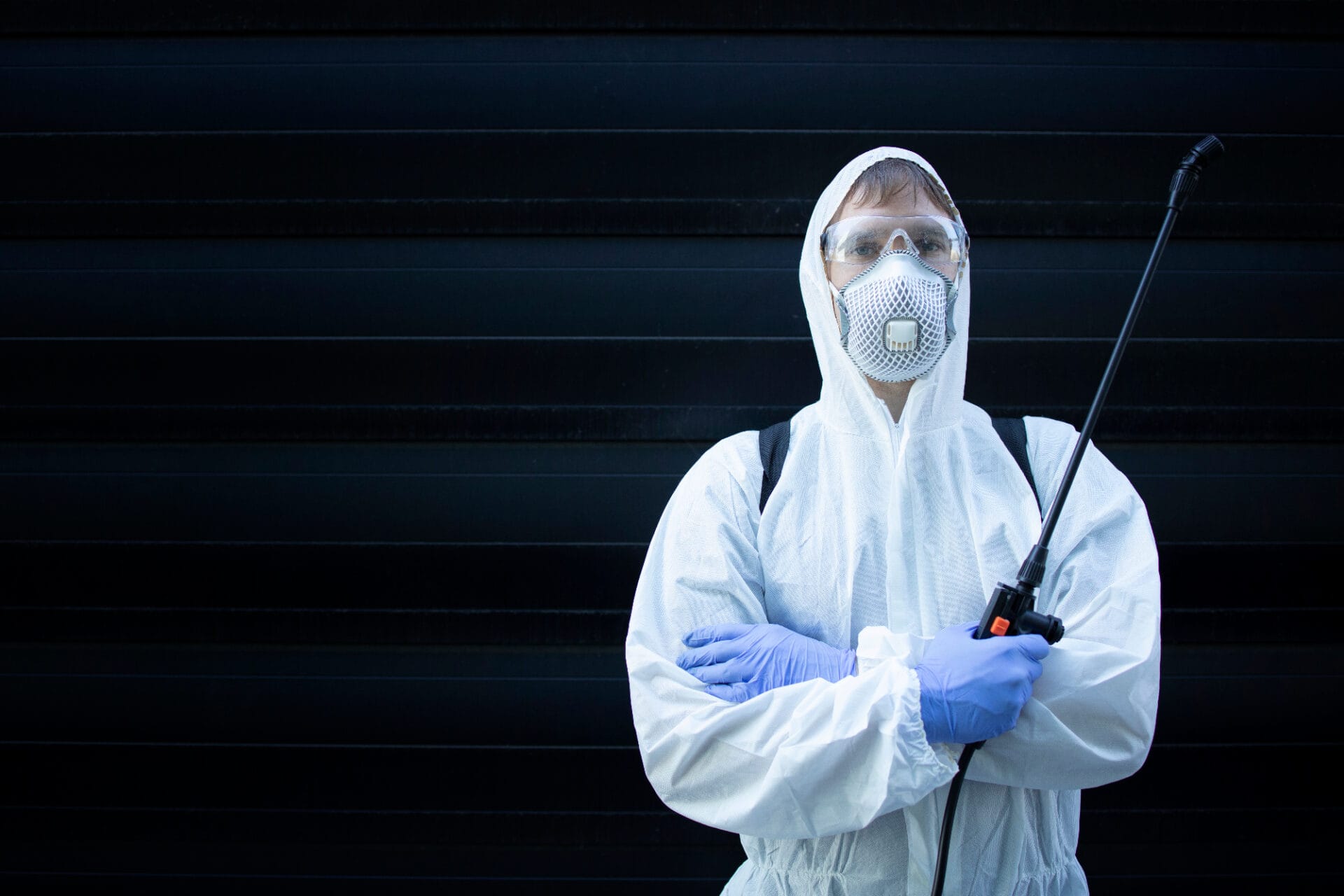
Dual-Handle vs Single-Hole Faucets: Which to Choose?
Choosing between a dual handle faucet and a single hole faucet may seem like a small decision but in bathroom

Seeing tiny black bugs in bathroom sink can be unsettling. These bugs often come from the drain, drawn to the warm, humid air of bathrooms. It’s hard to tell what kind of bug they are, but drain flies are usually the main problem.
Drain flies love the moist, organic stuff that builds up in bathroom pipes. But they’re not the only pests that like these conditions. Cockroaches, silverfish, mold mites, fungus beetles, centipedes, and spiders might also show up in your sink.

Seeing tiny black bugs in your bathroom sink? Your first task is to figure out what kind of bug you’re looking at. Bugs in the toilet are different from those near windows. But bathrooms attract certain pests because of the moisture and organic matter they hold. Knowing what pest you have is key to finding the right treatment and prevention.
Bathrooms are home to many pests because of the moisture and hiding spots. Some common pests include:
Drain flies are a common sight in bathroom sinks. They’re drawn to the damp, organic matter in sink and shower drains.
To spot drain flies, look for their unique traits. Adult drain flies are about 1/8 inch long and have:
Knowing how to identify drain flies and other bathroom pests helps you tackle the problem. You can then take steps to get rid of them and stop them from coming back.

Drain flies are often the main culprit behind tiny black bugs in bathroom sinks. These small, fuzzy, moth-like insects love the moist, organic-rich environment of drains. Knowing their life cycle and habitat helps you tackle an infestation more effectively.
Drain flies, also known as moth flies or sink flies, thrive in bathroom drains. Adult females lay eggs in the organic matter inside pipes, like hair and soap scum. The warm, humid bathroom conditions are perfect for their larvae to grow.
After the eggs hatch, the larvae feed on the organic material in the pipes. They develop in days to weeks, depending on the species and conditions. Once they pupate, adult drain flies emerge, ready to mate and start the cycle again. This quick life cycle means infestations can grow fast if not controlled.
Spotting a drain fly infestation is key to controlling it. Look out for these signs:
If you see any of these signs, act fast to stop the infestation from spreading. Understanding drain fly life cycles and habitats helps you target and eliminate them from your bathroom sink. This prevents future infestations.

To get rid of drain flies in your bathroom sink, you need to clean the drain and control pests. First, use a drain snake or pipe brush to remove gunk and debris. This helps break up clogs and stops drain flies from breeding.
Next, flush the drain with a strong cleaner to get rid of the loosened material. This step is crucial to wash away the debris.
After cleaning the drain well, drain flies will have nowhere to go. They need the organic matter in the drain to survive. If your drains often clog, it might mean there’s a lot of grease or deep clogs. In such cases, you might need a professional to clean your drains.
To control and get rid of drain flies, follow these steps:
By regularly cleaning and controlling pests, you can keep your bathroom sink drain fly-free. If the problem keeps coming back, you might need to call a professional plumber or pest control service. They can help find and fix the root cause of the infestation.
High humidity in bathrooms attracts pests like drain flies, cockroaches, and silverfish. These bugs love damp, warm places. So, bathrooms with lots of humidity are perfect for them. To keep your bathroom sink pest-free, you need to control moisture and ensure good air flow.
Good ventilation is key to fighting bathroom humidity. Always turn on the exhaust fan for 20 minutes after showering or bathing. This helps remove extra moisture from the air. Also, keep the bathroom door open to improve air flow and dry out wet spots faster.
Fix any leaks or dripping faucets right away. This stops standing water and lowers dampness in the bathroom.
In the summer, pests like to come out more because it’s warm and humid. To keep pests away from your bathroom, keep it dry and seal any openings. Check your bathroom for moisture damage or leaks often. Fix any problems quickly to stop pests from moving in.
By managing humidity, improving air flow, and fixing leaks fast, you can keep tiny black bugs and other pests out of your bathroom sink.
Drain flies are not the only tiny black bugs you might find in your bathroom sink. Cockroaches and silverfish also like damp, humid places. They can make your bathroom their home.
Cockroaches, or waterbugs, love bathrooms. They like the warm, moist air found there. They can sneak in through drains, gaps, and even ductwork.
To keep waterbugs away:
Silverfish also like humid bathrooms. They don’t live in drains but are often near them. They eat paper, glue, and mold.
To keep silverfish out:
By fixing the things that attract cockroaches and silverfish, you can keep your bathroom pest-free. This includes getting rid of drain flies and other tiny black bugs.
Bathrooms are perfect for mold and mildew because they are damp. These conditions attract pests like mold mites and fungus beetles. If not treated, these tiny bugs can quickly spread in your bathroom.
Mold mites are tiny bugs that live on mold. They are soft, white, and furry. They leave brown “mite dust” behind, showing they are there.
Fungus beetles are also drawn to mold and mildew. They are small and dark, and love damp places. Like mold mites, they warn of too much moisture and mold in your bathroom.
To fight mold mites and fungus beetles, you must get rid of mold and lower humidity. Fixing the problem at its source makes your bathroom less inviting to these pests. Clean regularly, ensure good air flow, and fix any water damage quickly. This will help keep your bathroom mold-free and bug-free.
Drain flies and cockroaches are the main culprits of tiny black bugs in bathroom sinks. But, centipedes and spiders are also common in these damp places. They are drawn to bathrooms because of the insects that live in humid conditions, not the moisture itself.
House centipedes can be scary in your bathroom. They have long bodies and many legs. These night hunters feed on flies, silverfish, and cockroaches.
Centipedes are usually seen at night. They move along baseboards, walls, and floors, looking for their next meal.
Many types of spiders, mostly harmless, can find their way into your bathroom. Like centipedes, they are attracted to the insects in moist areas. Common house spiders build webs to catch flies and mosquitoes.
Spiders often get into homes through small openings. To keep them out, seal any cracks and keep your bathroom well-ventilated. This discourages the insects they prey on.
To stop tiny black bugs in your sink, you need to clean drains and control humidity. Regular cleaning and fixing environmental issues help a lot. This way, you can lower the chance of bugs coming back.
Keeping your drains clean is key to stopping pests like drain flies. Here’s how to do it:
If you think you have a big blockage or pests keep coming back, call a pro plumber or drain service. They can make sure your drains are clear and working right. This is important for getting rid of gnats or small flies in bathrooms.
Humidity draws pests to your bathroom, as many bugs love moist places. To keep pests away and stop mold, control the humidity. Here’s how:
By following these steps for drain care and humidity control, you can make your bathroom less welcoming to tiny black bugs and other pests. This will greatly reduce the risk of future infestations in your bathroom sink.
If DIY methods haven’t worked to get rid of tiny black bugs in your bathroom sink, it’s time to call a pro. These pests can be tough to get rid of. Experts with the right tools and knowledge are needed to solve the problem for good.
Recurring clogs in your bathroom sink attract pests like drain flies. If you’re always dealing with clogs, even after cleaning, it’s time to call a plumber or drain service. They can find and fix the problem with their special equipment.
Fixing clogged drains quickly stops pests from breeding. It also prevents bigger problems like water contamination, bad smells, and burst pipes.

For serious or ongoing pest problems, a pest control company like Orkin or Terminix is your best bet. They have the skills and tools to find and get rid of pests for good.
A pest control company will do a detailed job. This includes:
With a professional pest control service, you can say goodbye to tiny black bugs in bathroom sink. Your home will be cleaner and healthier.
Most tiny black bugs in bathroom sink are more of a nuisance than a health hazard. However, some bathroom pests can be harmful. Their presence can lead to unsanitary conditions and allergic reactions in some people.
Cockroaches, a common pest, can worsen asthma and allergies. These insects carry allergens on their bodies. When they move, these allergens become airborne, causing respiratory issues in sensitive individuals.
Some spiders in bathrooms may bite if threatened. While most spider bites are harmless, some can be painful or trigger allergies. If you suspect a spider bite and have severe symptoms, seek medical help.
To avoid health risks from bathroom pests, keep your bathroom clean and dry. Regular cleaning and fixing leaks help. Also, ensure good ventilation to discourage pests.
By controlling moisture and sealing entry points, you can reduce health risks. A clean bathroom is not only more pleasant but also better for your health and your family’s.
Spotting tiny black bugs in bathroom sink is key to getting rid of pests and stopping them from coming back. Usually, these bugs are drain flies, which live in the dirt and grime in clogged drains. Knowing the signs of drain flies, like their moth-like look and love for drains, helps you tackle them.
To keep pests away, keep your drains clean with natural and chemical methods. Also, reduce moisture by improving air flow and sealing entry points. Regular cleaning and controlling moisture levels make your bathroom less welcoming to pests like drain flies, cockroaches, and silverfish.
If you can’t get rid of pests on your own, it’s time to call a professional. Plumbers and drain cleaners can fix tough clogs and find the root of pest problems. For big infestations, a pest control expert can offer special treatments and advice. By being proactive, you can keep your bathroom clean, safe, and pest-free.

Choosing between a dual handle faucet and a single hole faucet may seem like a small decision but in bathroom
Receive your order to your door address anywhere in the world using our shipping partners
You're covered by our 30 days return policy
Big part of our reviews testifies about the quality of support provided
Secured payments using renowned payment gateways